SEARCH






|
|
|
|


by Editor Wicher Bos
Published the 3rd of July
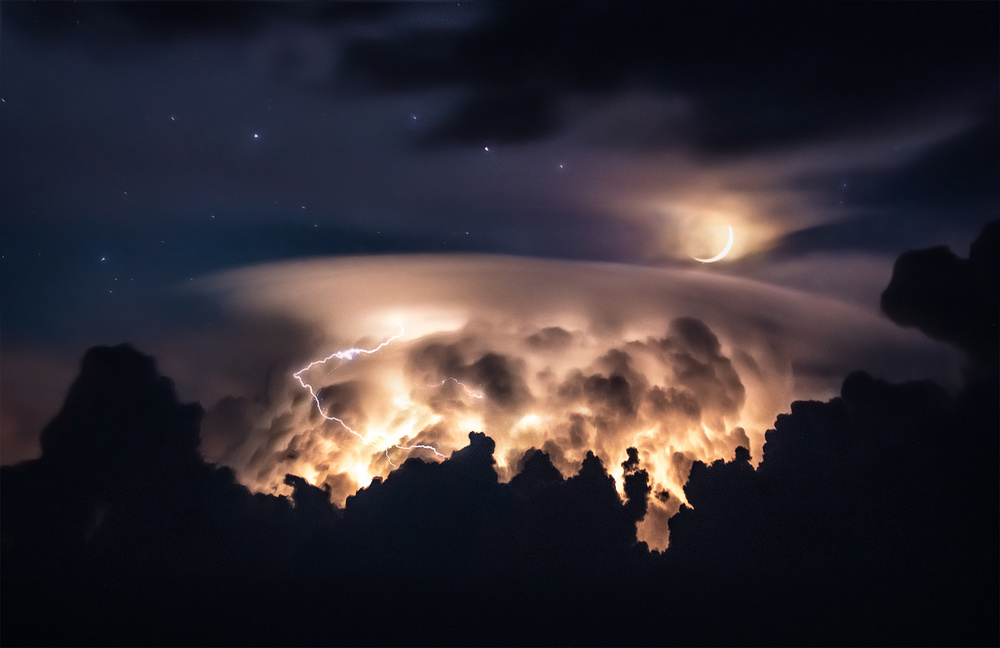
'Heaven and Hell' by Marc Adamus
Were you ever directly in front of a huge thunderstorm?
Have you felt that special tremble or quiver due to sudden excitement, the overwhelming feeling of awe?That sense of greatness of nature and felt vulnerable as a human?
Well, then you encountered ‘The Sublime’ or at least the Romantic era version (1800-1850) of it.
The Sublime is a western aesthetic concept of 'the exalted' of ‘beauty that is grand and dangerous’.
The Sublime refers to the wild, unbounded grandeur of nature.
The Sublime is related to threat and agony, to spaces where calamities happen or things run beyond human control.
The Sublime provides a paradoxical experience that is very suggestive: it is something that is overwhelming, grand, but at the same time frightening, chilling, dark or infinite.
Beauty, in contrast, is a more harmonious and pleasant experience.
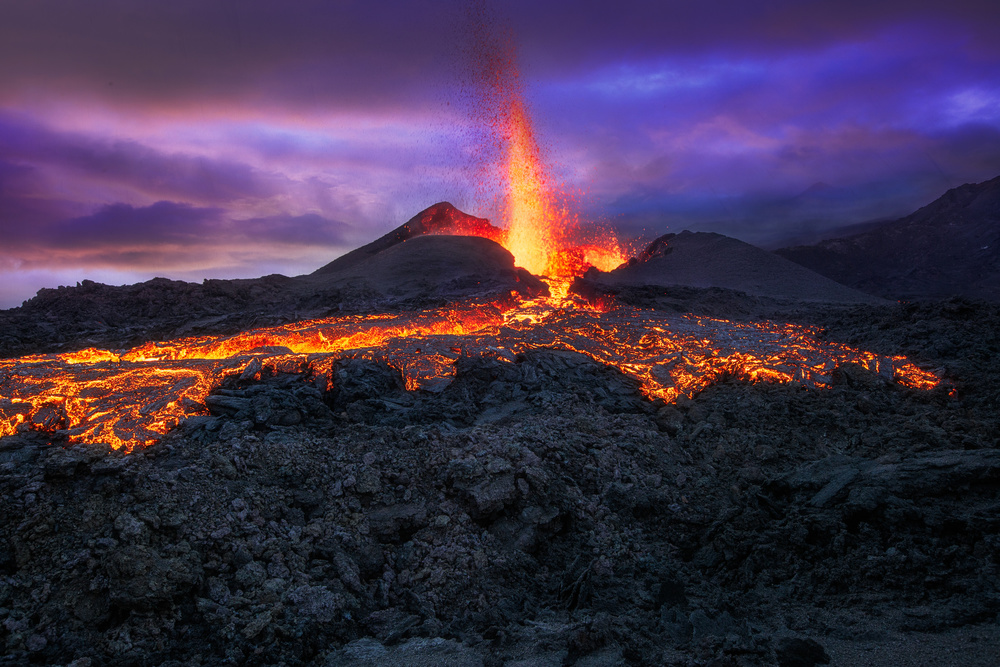
'Fire at blue hour!' by Barathieu Gabriel
For centuries, philosophers and artists, have contemplated the sublime.
The Sublime was around since antiquity, however Edmund Burk (1729 –1797, an Irish philosopher) was the first to provide a systematic description. He typified The Sublime as a “delightful terror”, it overwhelms our faculty of reason, such that we are rendered incapable of rational thought.
Many authors have written about the Sublime all slightly different… Henry Twinning (1811-1887) about a century after Burke, compares them and concluded:
“In all these various definitions of different individuals, we may trace some quality which has reference to wonder, reverence, or admiration”.
Burke himself thought that painting could not convey the emotion of the Sublime, poetry he thought was therefore a superior art. Yet, many painters have tried for example by choosing Sublime as their subject or the size of their work. and the most iconic painting seems ‘Wanderer above the Sea of Fog’ (1818) by Caspar David Friedrich.
Now the key question: can Photography convey The Sublime in an image?
Henry Peach Robinson (1830-1901) answers that question with a certain No!
“It is an old canon of art, that every scene worth painting must have something of the sublime, the beautiful, or the picturesque. By its nature, photography can make no pretensions to represent the first; but beauty can be represented by its means, and picturesqueness has never had so perfect an interpreter.”
and later he says:
“The art of photography has arrived at a sufficient state of perfection, … acknowledging that it is not possessed of unlimited power; that the sublime cannot be reached by it; and that its power is greatest when it attempts the simplest things. But if it is not the mountain that it can represent best, what art can equal it in its representation of the mole-hill?”
I understand his position, painting or photography cannot bring the ‘real’ emotion in the same sense as if you actually are at the edge of the erupting volcano crater. On the other hand, photography and painting, by the hands of an excellent artist, have proven to be capable to connect to our memory, to our subconscious, and inspire strong emotions. I think even a sense of the Sublime - a kind of Echo of the Sublime.
Sigmund Freud links the Sublime to the primal feelings of the strange and frightening. The Sublime in aesthetics is directly linked to psychological sublimation. The Sublime is also a psychological construct: It is not inherent in the landscape and it is not a social consensus, but the artist’s subjective approach to the environment, that evokes the emotion.
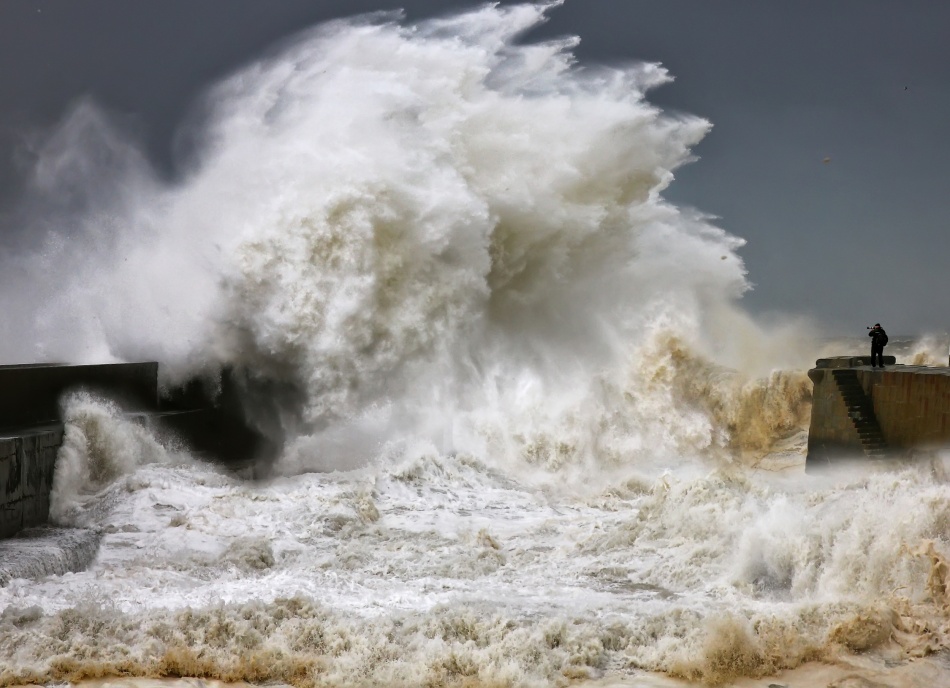
'The Passion' by Veselin Malinov
Recently, some philosophers see a new kind i.e. version of the Sublime. The power of divine nature transferred to the power of human technology. Modern man doesn’t want to be overpowered by nature; instead, he wants to take technological command of nature. In this view, with the transfer of power from divine nature to human technology, the experience of the Sublime also can be found in technology.
I felt that overwhelming sense of beauty in my first job, when I had to climb aboard a huge oil tanker via a rope ladder on the side… may be the contemporary version of Romantic Sublime?
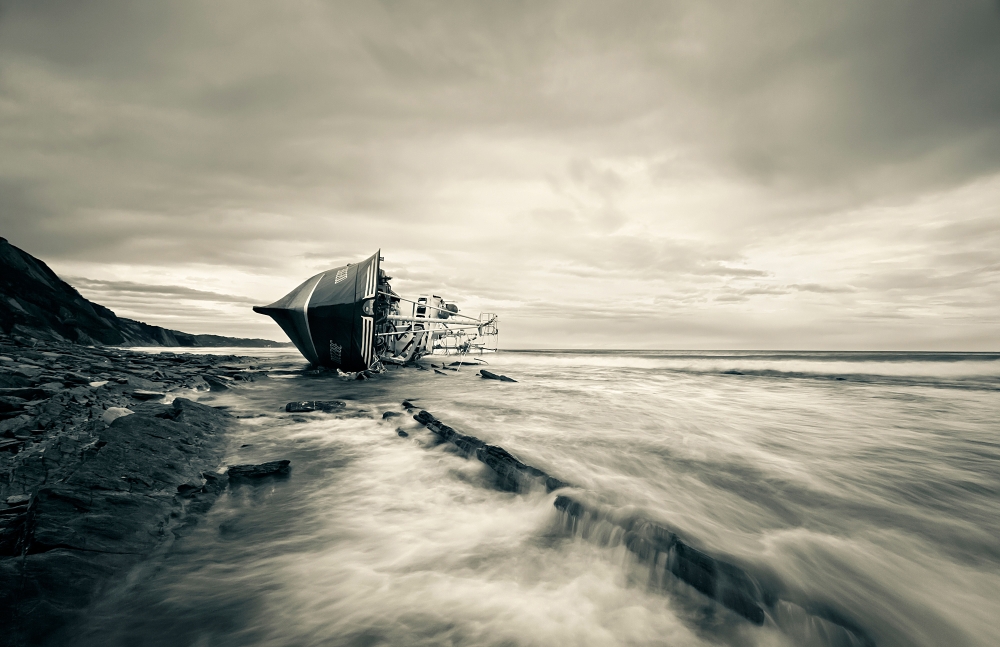
'Defeated By the Sea' by Iñigo Barandiaran
Do we find examples of The Sublime on 1x.com?
I think, I found some… Both, the Romantic Sublime as well as examples of the contemporary version of the Sublime, the Technological Sublime perhaps only a glimpse of it, because this concept goes far beyond of what we find the 1X-photos.
For you to judge if you agree …
Have fun exploring…
Source and Recommended further reading:
The Art of the Sublime: https://www.tate.org.uk/art/research-publications/the-sublime
Romantic Sublime
“Burke saw nature as the most sublime object, capable of generating the strongest sensations in its beholders. This Romantic conception of the sublime proved influential for several generations of artists.”
Many photographers today share that fascination with their painting predecessors.
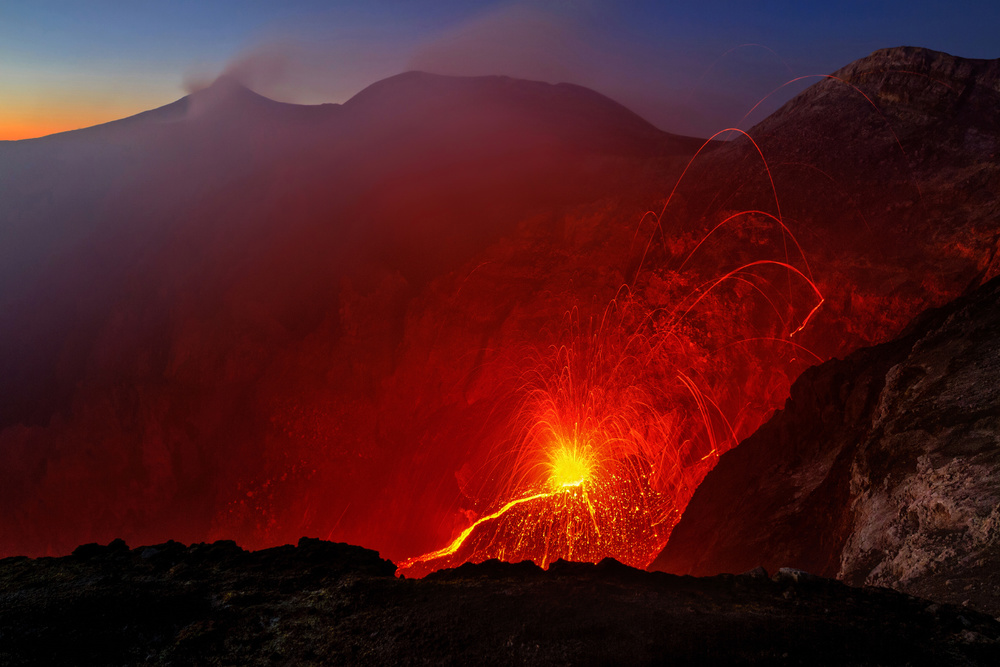
'Red Passion – Etna' by Antonio Guarrera
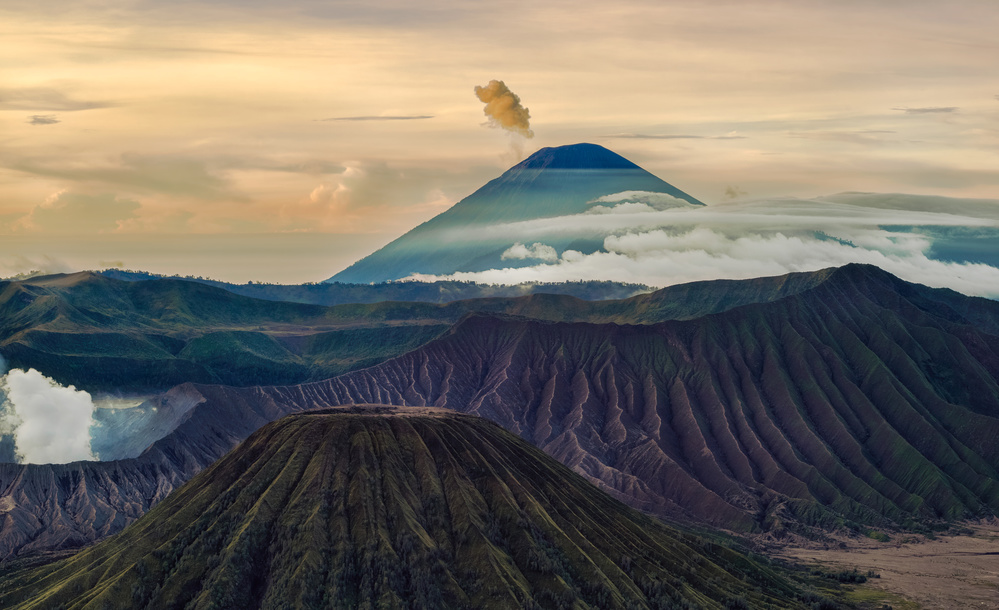
'The God's Masterpiece' by Ryan Zhang

'The Seaham Wheels' by Daniel Springgay
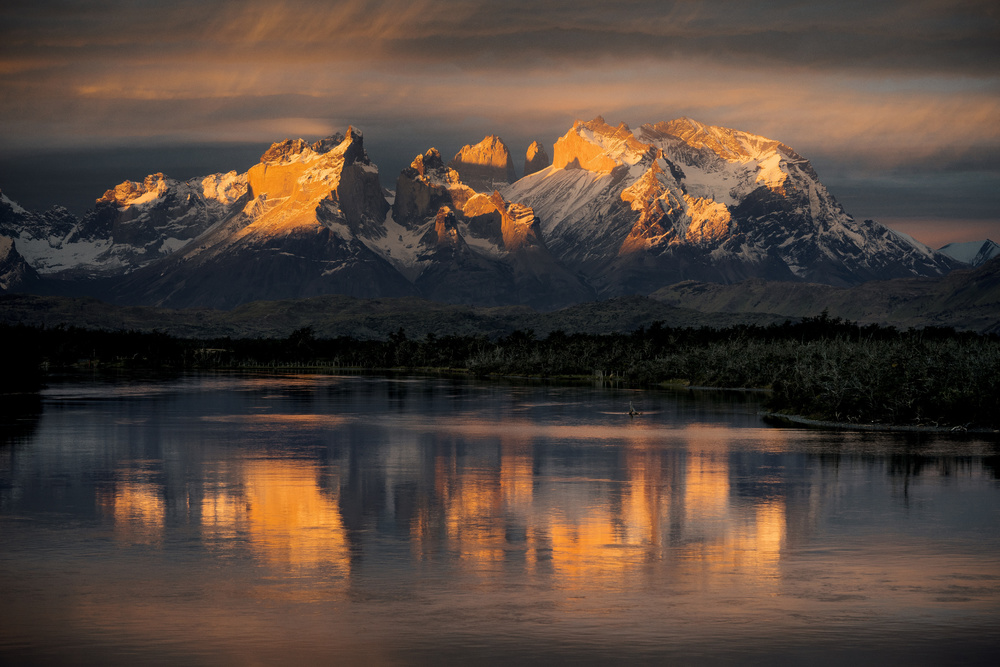
'Eternal Flow' by Luca Fontana
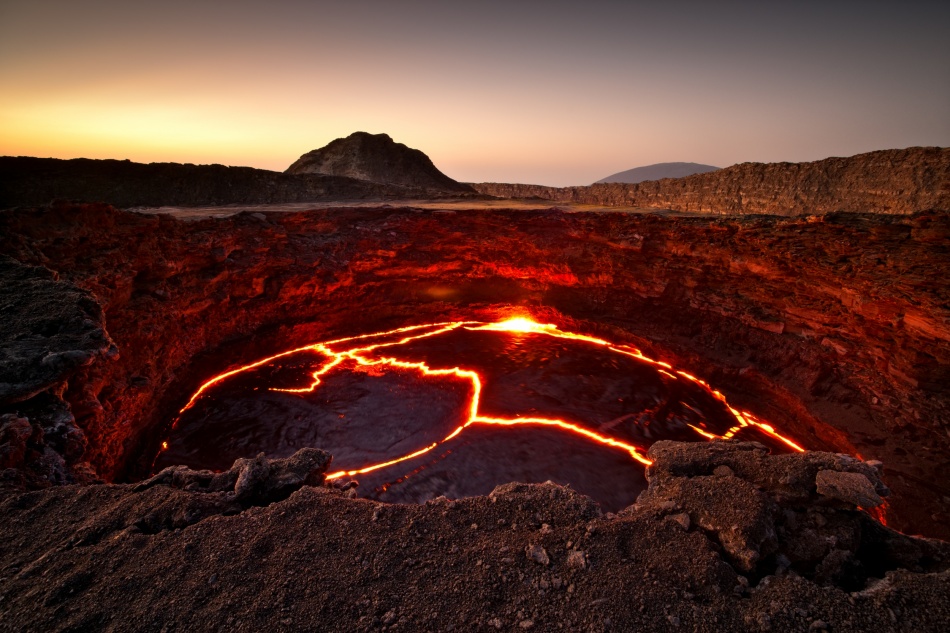
'… crater lake' by Raymond Hoffmann
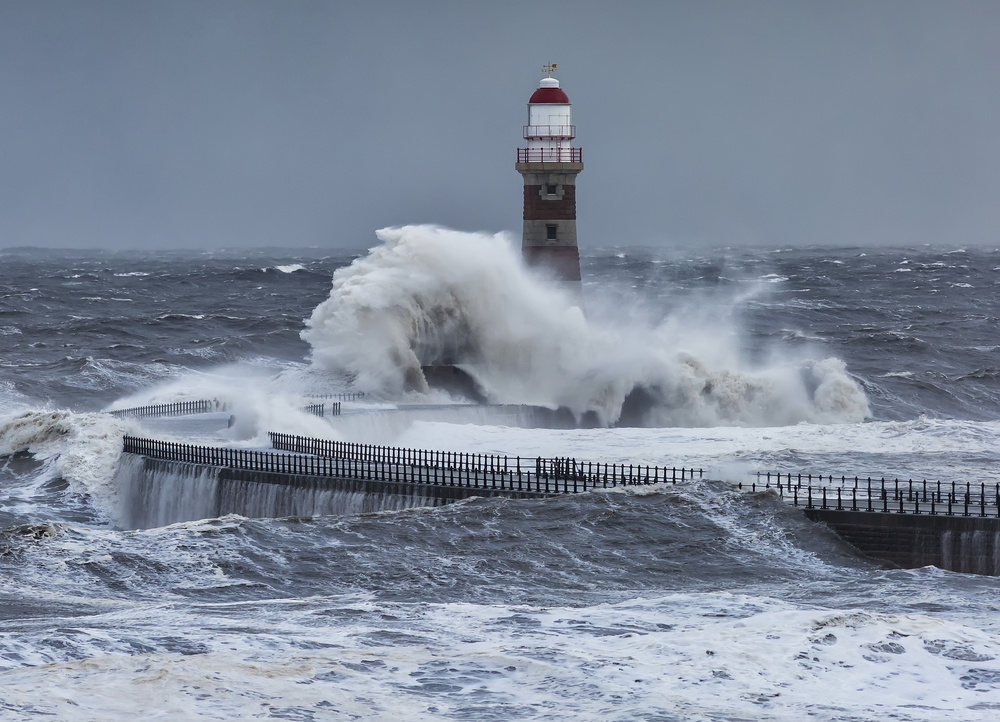
'Storm Rising' by Daniel Springgay'
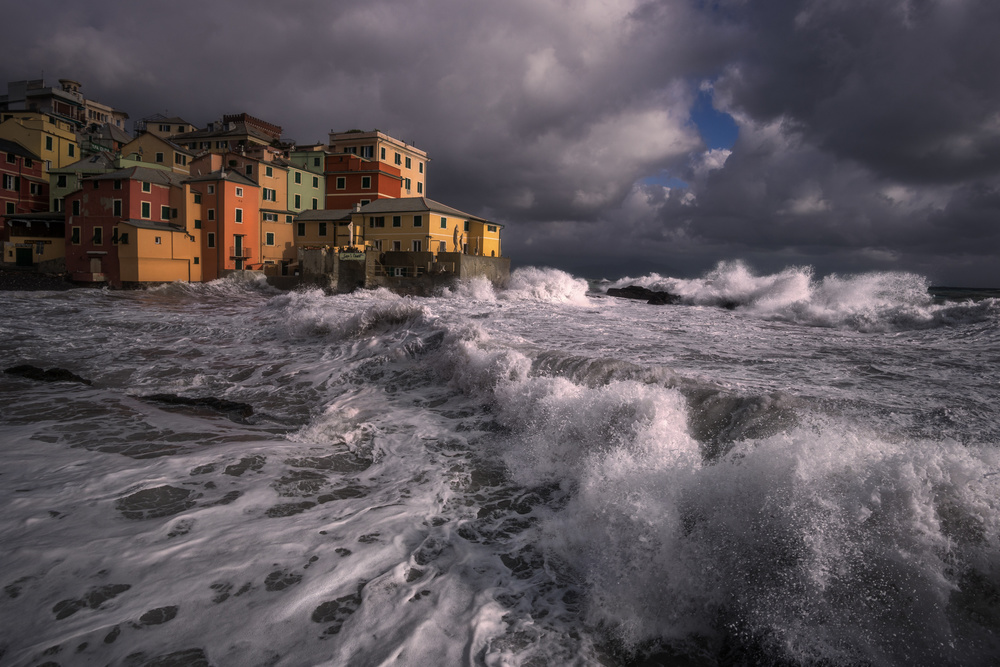
'the stormy sea' by Andrea zappia
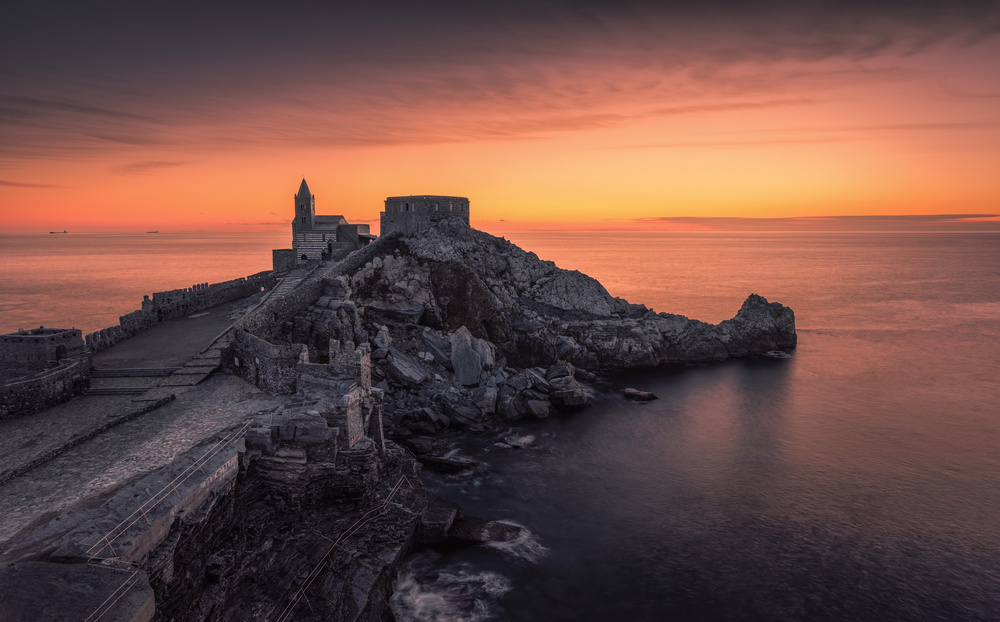
'sunset at portvenere' by Andrea Zappia
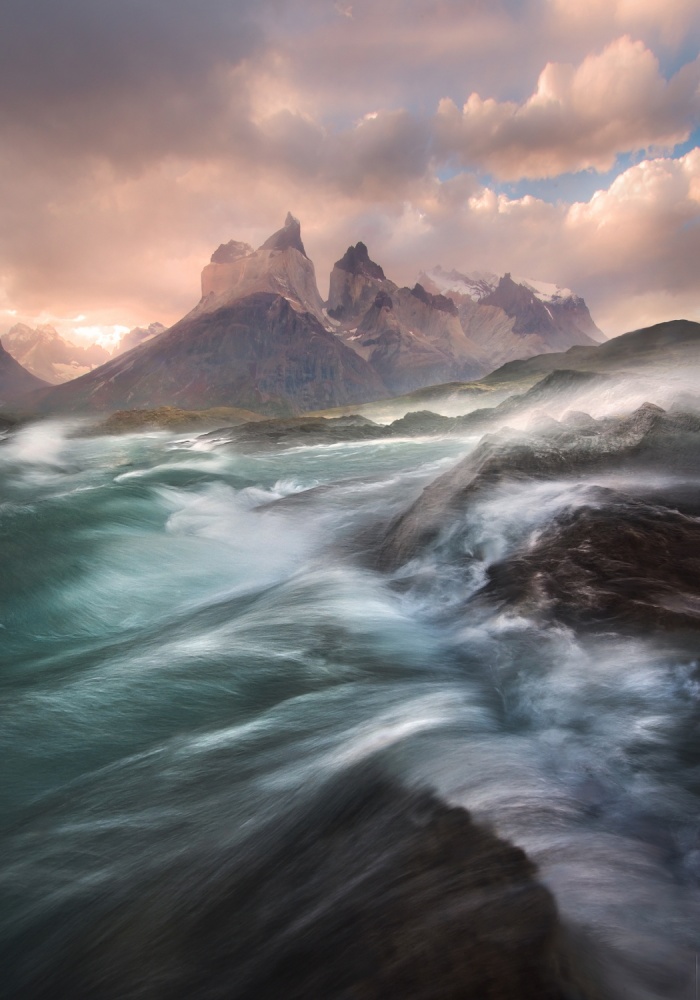
'Kingdom of the Wind' by Marc Adamus
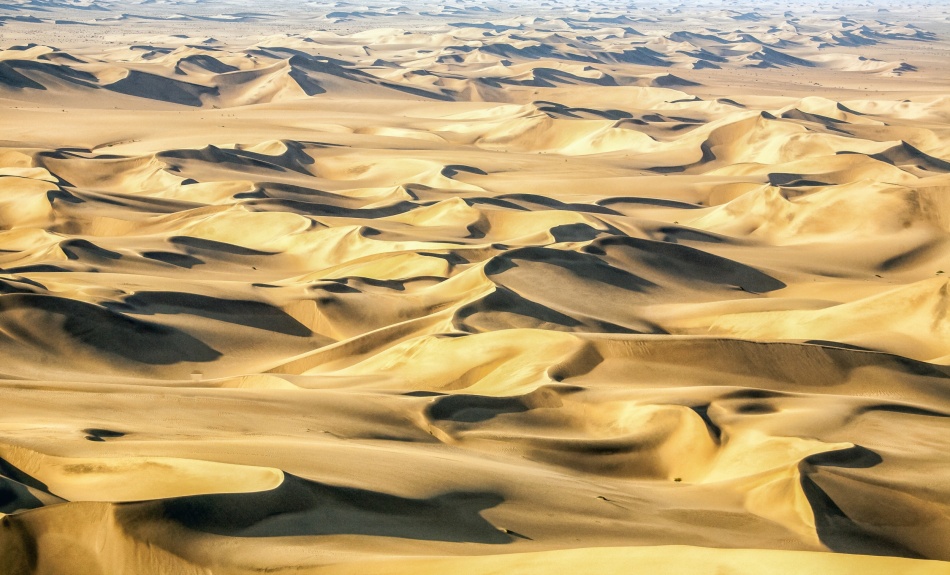
'Namivian Sand Art' by Roberto Sysa Moiola
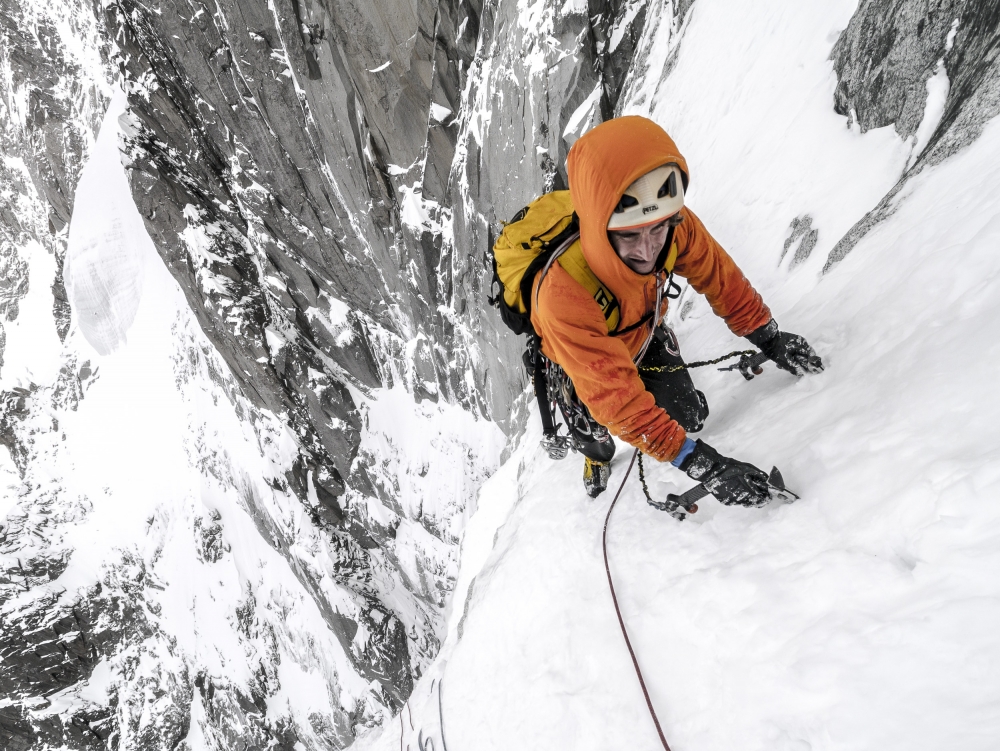
'Tom Grant arriving in the upper Couloir Nord des Drus, Chamonix' by Ben Tibbetts
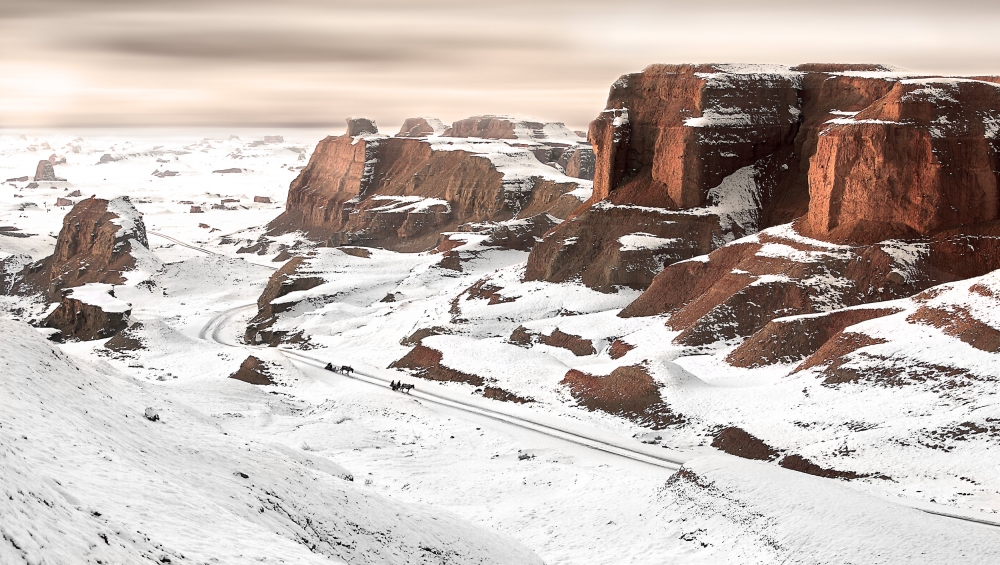
'A Ride Through Yardang' by BJ Yang
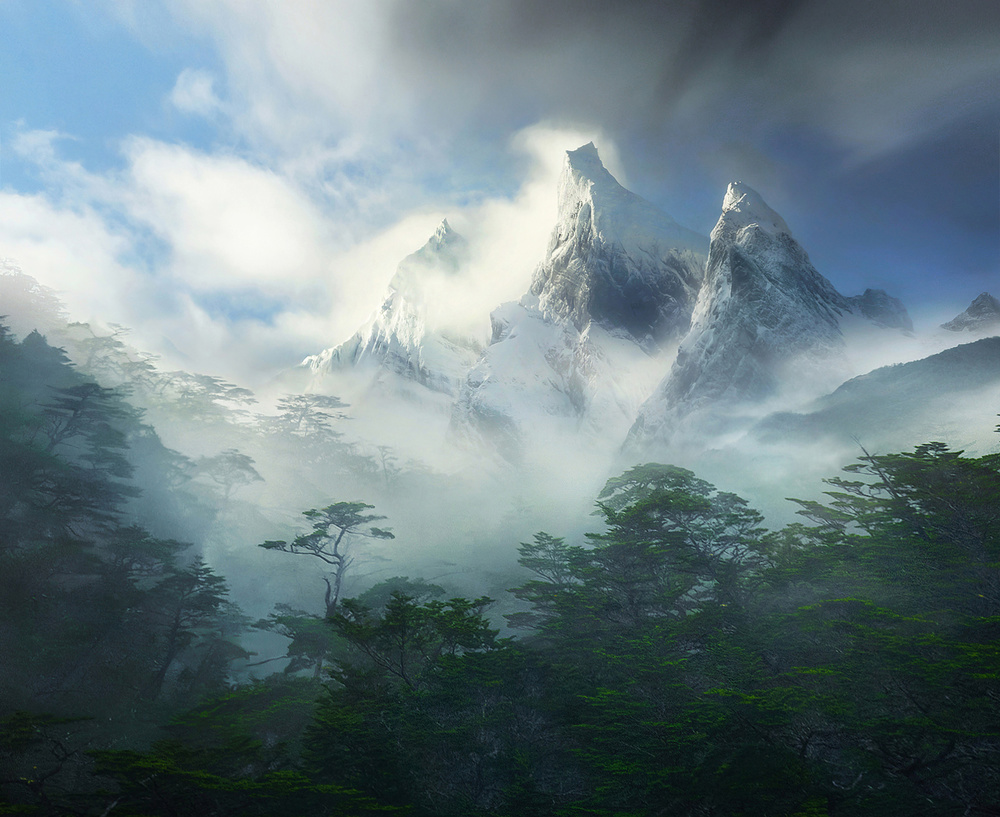
'Giants of the Fiord' by Marc Adamus
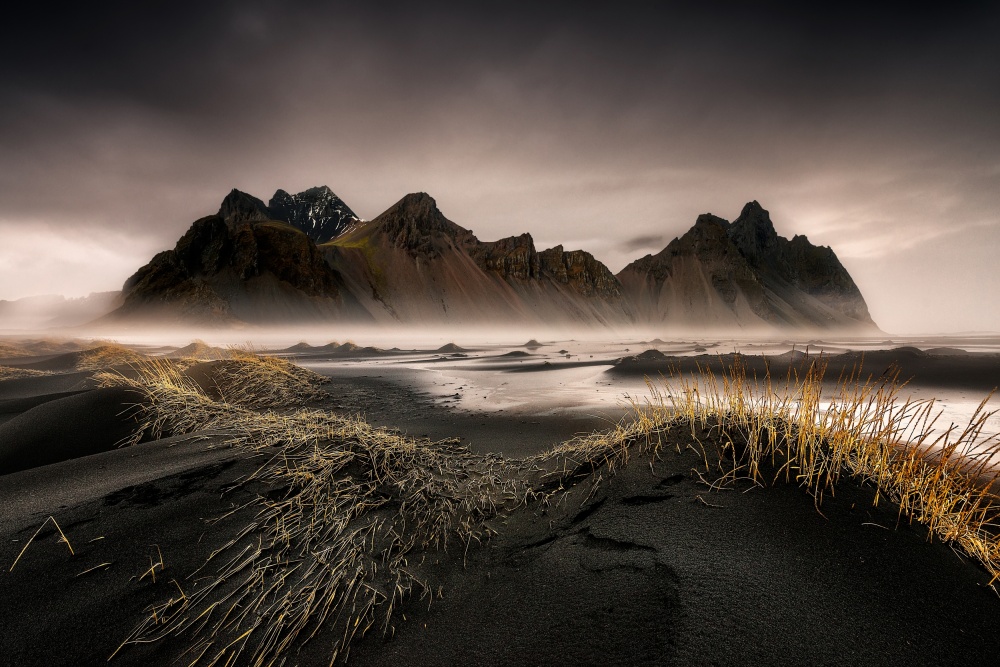
'Stokksnes' by David Martin Castán
Contemporary version of Romantic Sublime
“Contemporary artists have extended the vocabulary of the sublime by looking back to earlier traditions and by engaging with aspects of modern society. They also have located the sublime in the awe-inspiring complexity and scale of the industrial system and technology”.
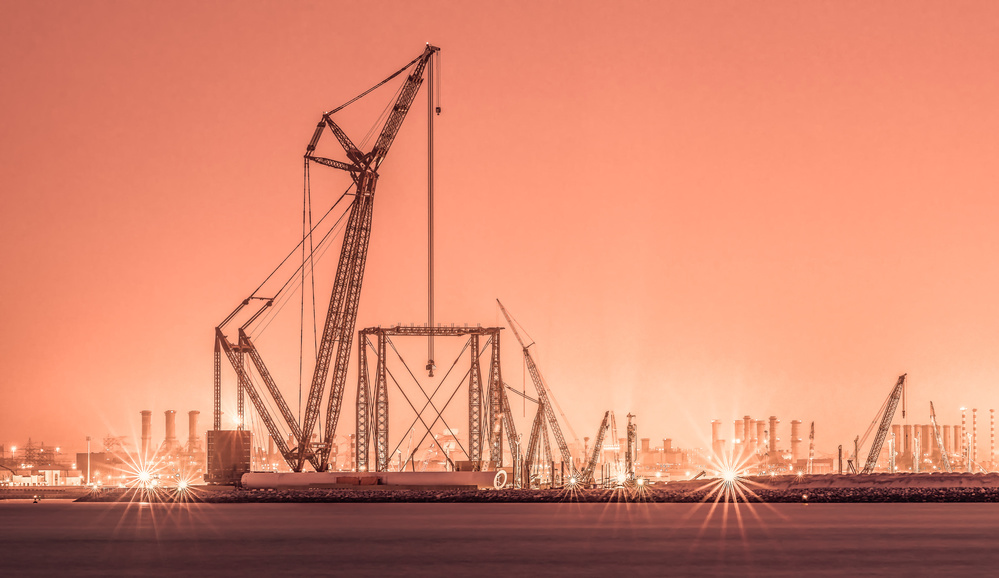
'Industrial Disease' by Andreas Agazzi
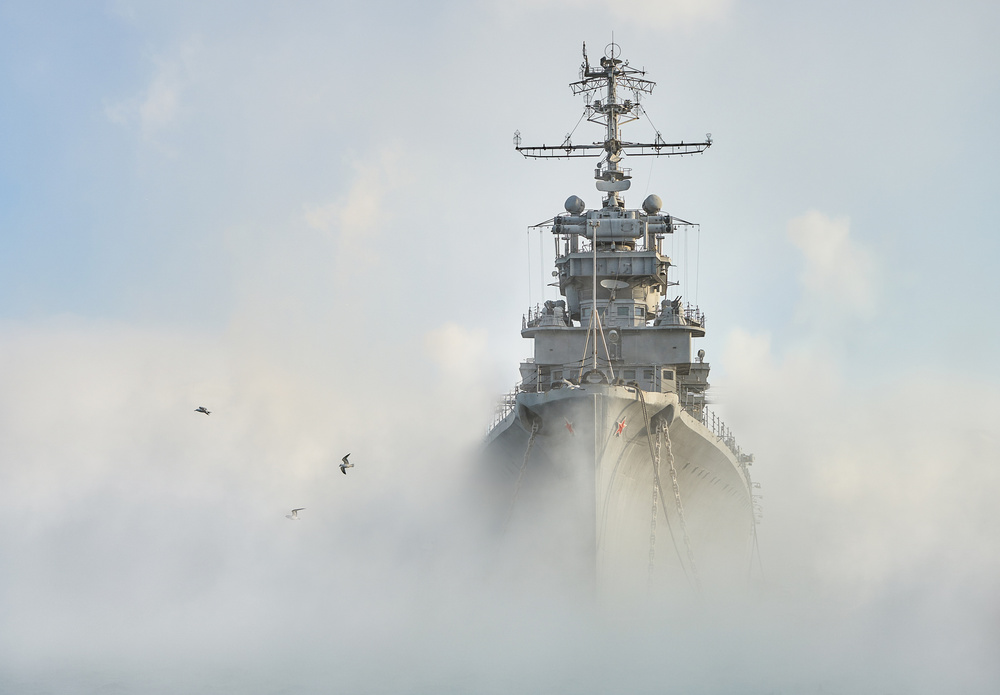
'Cruiser Ghost' by Dmitry Nesvetaylov
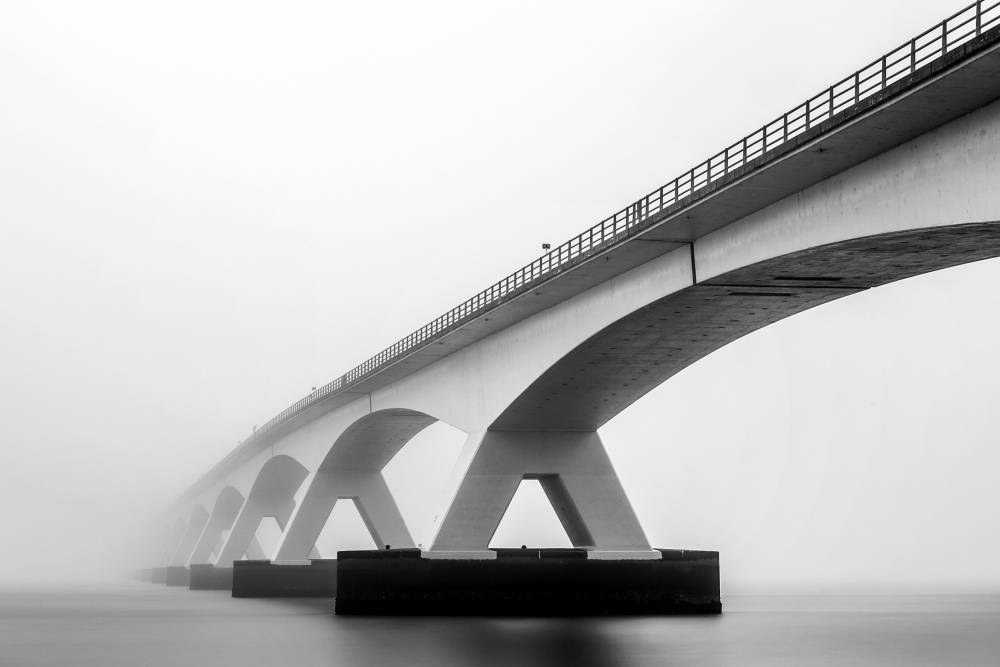
'Shades of Grey' by Sus Bogaerts
 | Write |
 | José Ignacio Gil Blanco PRO A very interesting article full of impressive images. Congratulations!!. I personally know David Martin Castán and besides being one of the best photographers in Spain right now, he is an excellent person !!! |
 | Mark Fisher Burke and Robinson have a point. Looking at Marc Adamus' shot at the top, it's difficult for me to feel terror sat safely at home. I just appreciate the photo for it's beauty, which is certainly a different kind of beauty than an alpine meadow or bucolic scene. Though I'm not sure why Burke concluded that poetry is superior to art. |
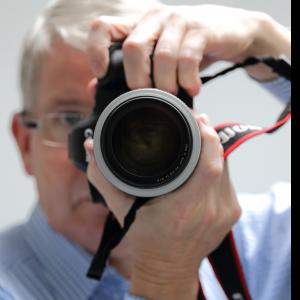 | Wicher Bos CREW Thx Mark, the way i read it, Burke assumes poetry could ignite emotions and feelings in a much more direct way than a more ‘external’ visual art is able to do.... Remember Burke was one of the first to systematically this subject. He was also a child of his time. In those days poetry was generally accepted as a Superior art. |
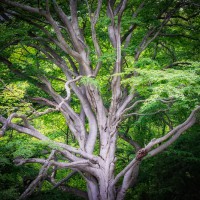 | Cristiano Giani PRO It's a big dilemma. Interesting article and stunning images..... |
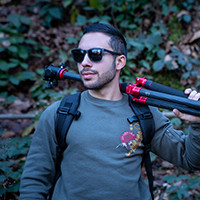 | Andrea Zappia Thank you soo much |
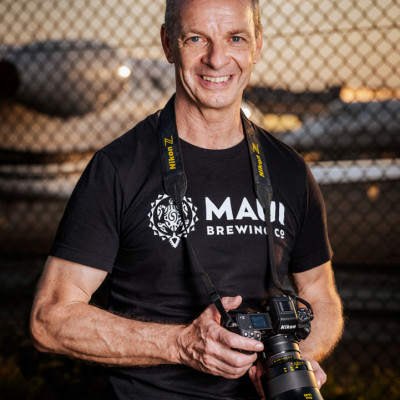 | Andreas Agazzi PRO Thanks so much Wicher and Yvette for this beautiful article and for including two photos out of my gallery. |
 | Wicher Bos CREW Thx for your incredible images too! |
 | David Martin Castan PRO Interesting article! Thank you Yvette for selecting one of my photos. Have a nice weekend |
 | Wicher Bos CREW :) |
 | Yvette Depaepe CREW A fine and interesting article you wrote, Wicher. Great selection of images to document it.
Congratulations to the selected authors. Best regards, Yvette |
 | Wicher Bos CREW :) |
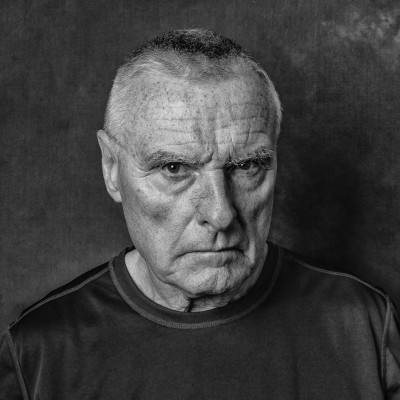 | Daniel Springgay CREW Well done Wicher Splendid work putting together images that dreams are made of. Congratulations... |
 | Wicher Bos CREW thank you Daniel! |